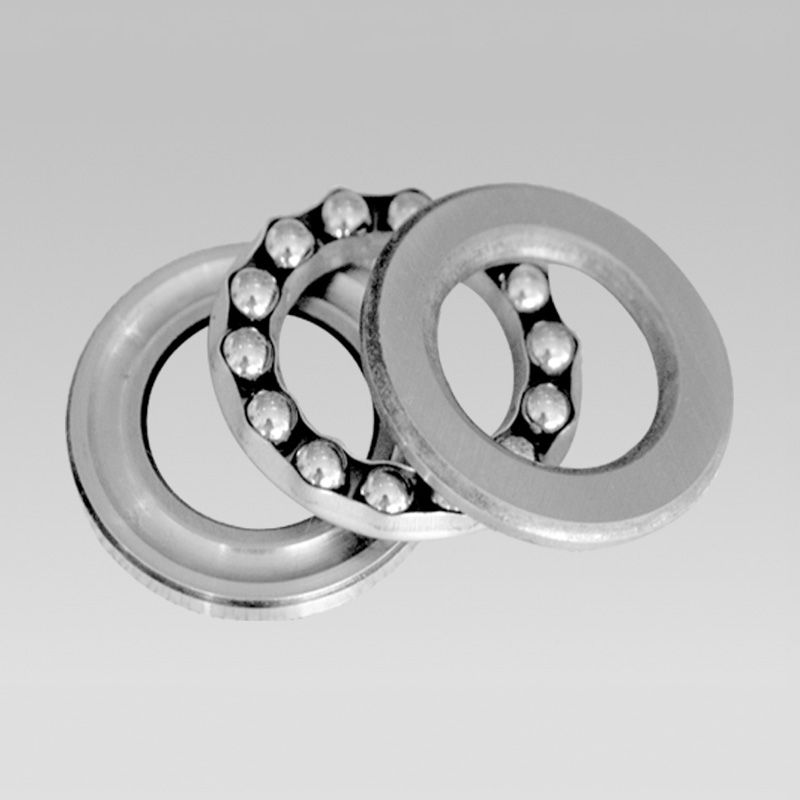
Dec . 24, 2024 02:18 Back to list
what is a taper roller bearing
What is a Taper Roller Bearing?
Taper roller bearings are a fundamental component of many machinery and mechanisms where different components need to rotate with reduced friction. They are designed to accommodate both radial and axial loads, making them versatile and widely used in various applications, including automotive, industrial machinery, and aerospace.
Design and Structure
A taper roller bearing consists of tapered inner and outer raceways and a set of tapered rollers. The taper design allows the rollers to make contact with the raceways at a specific angle, which is crucial for distributing loads effectively. The angle of the taper enhances the bearing’s ability to handle high radial and axial loads, making it ideal for situations where both load types are present.
The main components of a taper roller bearing include
1. Inner Race The inner race is the component that is fitted onto the shaft. It accommodates the tapered rollers and allows them to rotate smoothly.
2. Outer Race The outer race is attached to the housing and provides a stable support structure for the rollers.
3. Tapered Rollers These are the main load-bearing elements of the bearing. Their tapered shape allows them to roll smoothly while maintaining contact with both the inner and outer races.
4. Cage The cage, or separator, is designed to keep the rollers spaced apart, preventing them from coming into contact with each other during rotation.
Functionality and Performance
The taper roller bearing's unique design allows it to bear significant axial loads while supporting radial forces. This characteristic makes it particularly useful in applications where heavy loads are a regular part of operation. For instance, they are commonly used in wheel hubs of vehicles, where they support not only the weight of the vehicle (radial load) but also the stresses encountered during cornering (axial load).
Furthermore, taper roller bearings are designed for high-speed applications where minimizing friction is vital. The arrangement of the tapered rollers ensures a larger contact area compared to standard cylindrical rollers, reducing wear and prolonging the bearing's life.
Applications
what is a taper roller bearing

Taper roller bearings are found in a diverse range of applications, including but not limited to
1. Automotive Industry They are used in wheel bearings, transmission systems, and differentials, where they ensure smooth operation and load-bearing capacity.
2. Construction Equipment Heavy machinery, such as excavators and bulldozers, utilize taper roller bearings to handle the immense forces encountered during operation.
3. Aerospace In aircraft, these bearings play a critical role in propulsion systems and landing gear, where reliability and performance are paramount.
4. Industrial Machinery Many types of equipment, from conveyor belts to turbines, employ taper roller bearings to improve efficiency and operational longevity.
Advantages
The advantages of taper roller bearings include
- Robust Load Capacity They can handle substantial axial and radial loads, making them suitable for numerous industrial applications.
- Reduced Friction Their design facilitates smoother operation with minimal heat generation, enhancing energy efficiency.
- Durability High-quality materials and precise manufacturing processes contribute to the longevity of these bearings, reducing maintenance costs.
- Versatility They can be engineered to meet specific needs, making them adaptable for various applications.
Conclusion
In summary, taper roller bearings are essential components in many technological applications. Their unique design allows for effective load distribution, high-speed performance, and long-lasting durability. As industries continue to evolve, the demand for efficient and reliable components such as taper roller bearings remains strong, ensuring their significance in the field of engineering and manufacturing. Understanding this crucial component can help engineers and technicians make informed decisions about their applications, leading to improved performance and operational efficiency.
Latest news
-
Grooved Ball Bearing Design and Functionality
NewsJun.04,2025
-
Concrete Mixer Bearing Load Capacity Testing
NewsJun.04,2025
-
6004 Bearing Dimensions in Robotic Joint Designs
NewsJun.04,2025
-
Advantages of Single-Row Deep Groove Ball Bearings
NewsJun.04,2025
-
Applications of Deep Groove Ball Bearings in Automotive Systems
NewsJun.04,2025
-
Innovations in Bearing Pressing Machine Design
NewsJun.04,2025
